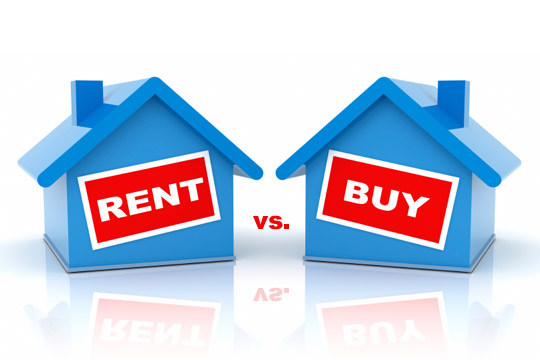In our last post, we explored the basics
of getting started in the process of homeownership. We’ve estimated how much
your dream home will cost by using mortgage calculators such as BankRate,
and we’ve also taken some time to review your credit
report and make any necessary changes. Based on the information you
discovered, you might be rethinking your plans entirely. You might decide that
you are completely comfortable with your estimated mortgage payment and look
for a more attractive home with a larger price. Alternatively, your new perspective
with an estimated monthly mortgage payment may convince you to stick with
renting for another year or two.

If you’ve gotten this far,
congratulations! You are well on your way! But before you go online or to your
bank to fill out an application for a mortgage, take some time to talk to some
of your friends and family about homeownership. Ask them about the process. Do
they have recommendations for a realtor or mortgage loan officer? Is there anything they would have done
differently? Was there a step in the process that they felt unprepared for?
Their experiences may not apply to your situation, but their information is
nonetheless helpful in navigating your home purchase process.
I strongly
recommend that you practice having a mortgage. If expect to take on a mortgage
with a $1000 monthly payment, then “pay” your mortgage by tucking it away in your
savings account. What impact does that have on the rest of your budget? Are you
comfortable? Do you still have the ability to save, pay off existing debt, and
spend money on things you enjoy? What do you have to give up in order to make
that $1000 payment?
At this point you are ready to obtain a
pre-approved mortgage. A pre-approved mortgage is basically a promise from a
lender that you qualify to borrow up to a certain amount of money at a specific
interest rate. This promise is subject to a number of conditions, but allows
you to see how much the lender has evaluated that you can afford. Keep in mind
the following:
1.) Each
application can cause a small drop in your credit score, so apply with
moderation. Use referrals from your friends and family. Did they have
particularly good or bad experiences with a particular lender?
2.)Remember,
lenders are in the business to issue loans and make money on the interest. Your
pre-approval is for the maximum
amount you could potentially borrow. This does NOT mean this is what you can
afford. You don’t want to become “house poor,” where you have an amazing home,
but not enough income for anything else!
Many individuals ask, “How much home can I afford?”
Like we said earlier, “it depends,” but a general rule is roughly 25%-33% of
your gross income. Make sure you are including the cost of your homeowners
insurance, real estate taxes, and HOA fees in addition to your mortgage repayment
cost. It is also a good idea to factor in an annual housing maintenance budget
into that percentage, generally 1-3% of the purchase price. So a $150,000 home
would have an annual maintenance cost of $1500, or $125 a month.



